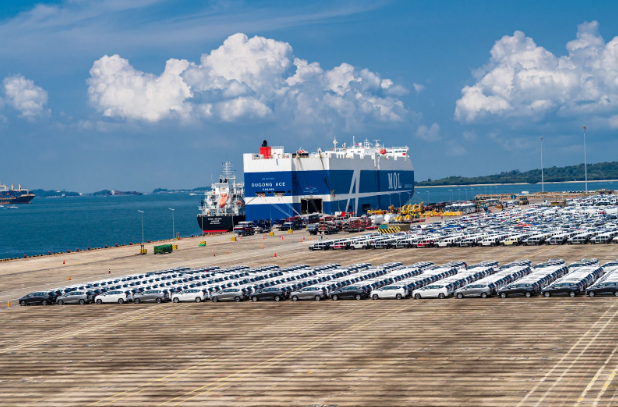The current freight market is experiencing a dynamic shift in various aspects such as freight rates, demand, and capacity, which are significantly influencing shipping strategies and costs.
Freight Rates
- Volatility: The freight rates have been volatile due to fluctuating fuel costs, changes in global trade policies, and shifts in supply and demand. This volatility requires shippers and carriers to be more agile in their pricing strategies.
- Regional Variations: Different regions are experiencing varying freight rates, influenced by local economic conditions, trade flows, and transportation infrastructure developments.
Demand Fluctuations
- E-commerce Impact: The rise in e-commerce has led to increased demand for faster, more reliable freight services, particularly in the last-mile delivery sector.
- Global Supply Chain Adjustments: Ongoing adjustments in global supply chains, partly due to the lingering effects of the pandemic and geopolitical tensions, have led to uneven demand across different trade routes.
Capacity Changes
- Carrier Adjustments: Carriers are adjusting their capacity to match the fluctuating demand, leading to changes in availability and pricing.
- Investment in Fleet Expansion: Some carriers are investing in fleet expansion to accommodate long-term demand growth, particularly in sectors like e-commerce and perishable goods.
Impact on Shipping Strategies and Costs
- Cost Management: Shippers are focusing more on cost management strategies, such as optimizing route planning and load consolidation, to combat the rising freight rates.
- Adoption of Technology: There is an increased adoption of technology for better route optimization, real-time tracking, and efficient load management.
- Diversification of Supply Chains: Companies are diversifying their supply chains to mitigate the risks associated with regional disruptions and capacity constraints.
- Sustainable Shipping Practices: There is a growing emphasis on sustainable shipping practices to comply with environmental regulations and to meet the demands of eco-conscious consumers.
In conclusion, the freight market’s current scenario necessitates flexibility and adaptability in shipping strategies to effectively manage costs and meet the changing demands of the global market.









